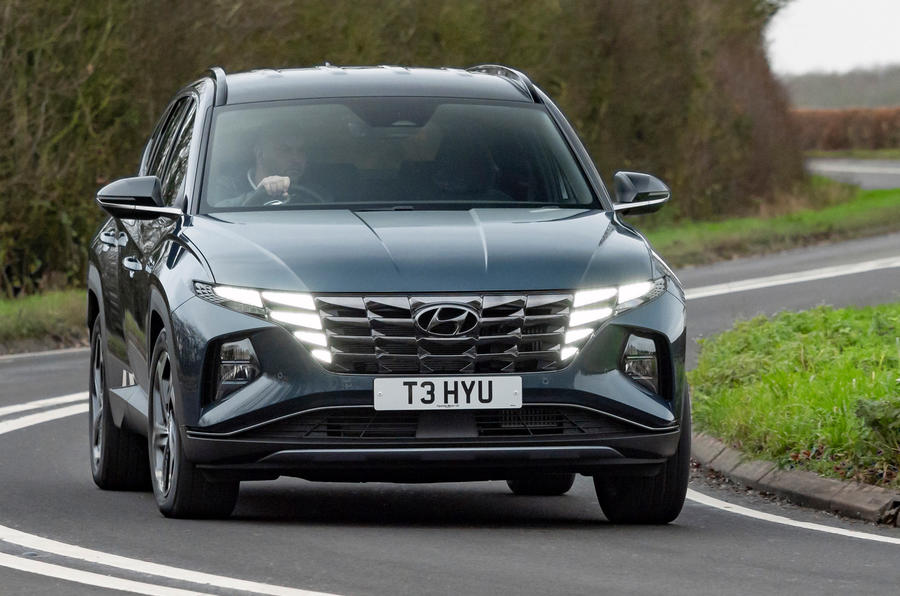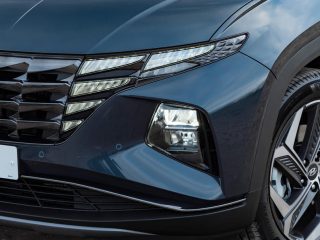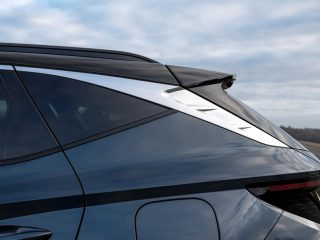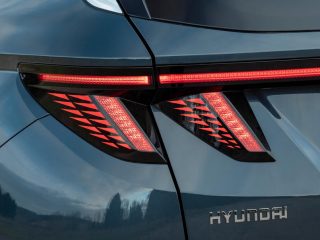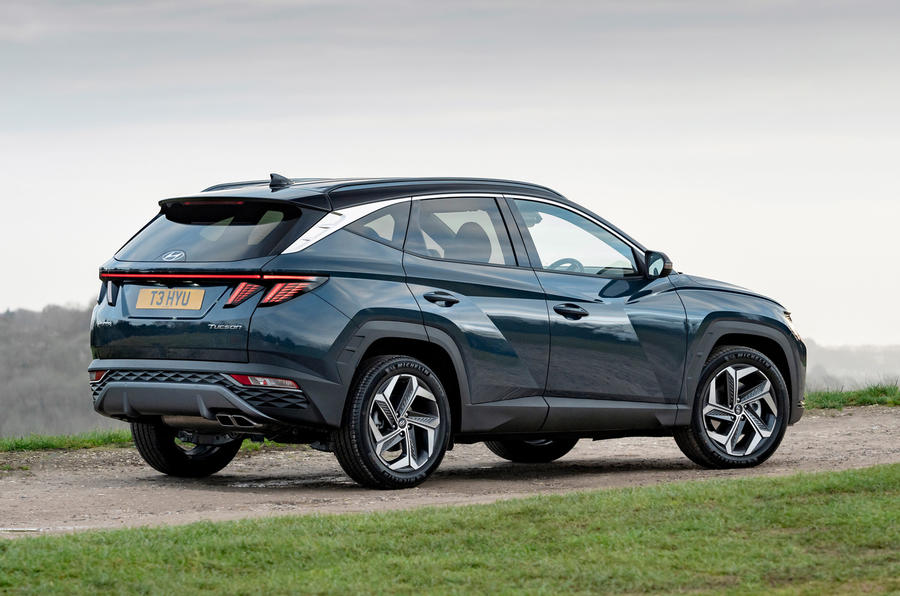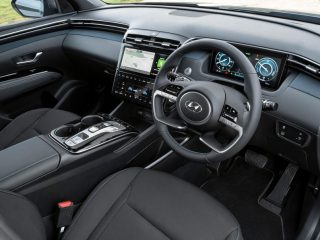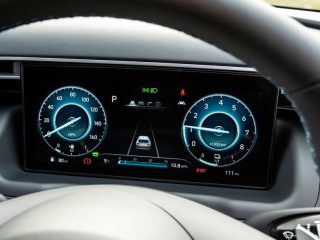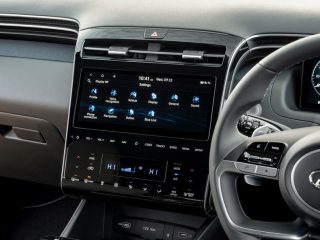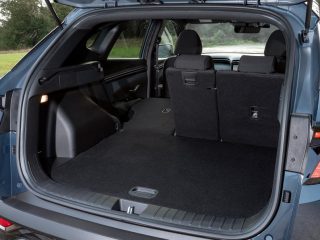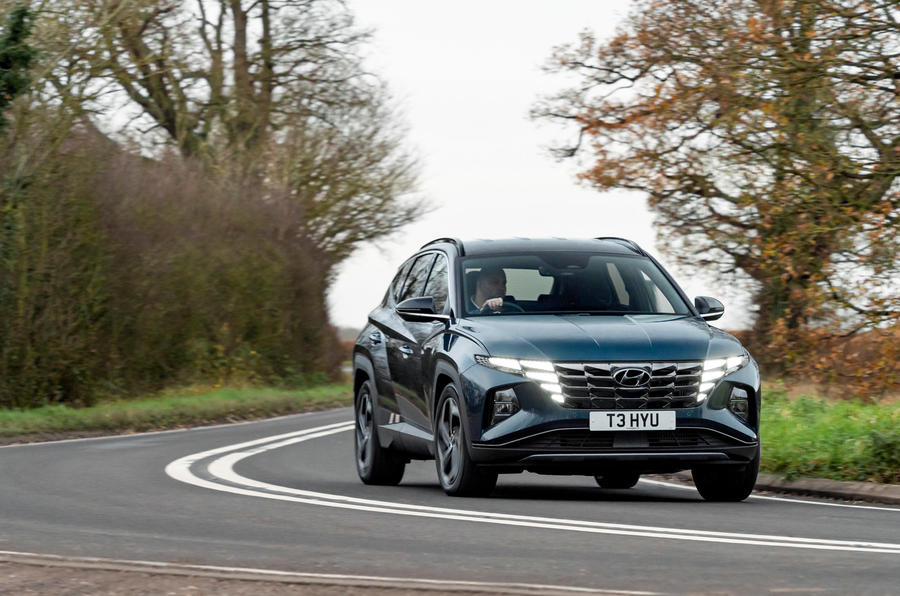Hyundai Australia tells us the Tucson plug-in hybrid electric vehicle (PHEV) is not on the radar to arrive down under. We drive the model in Europe to see if its worth the effort.
The Tucson has been a mainstay of the Hyundai line-up for almost two decades, and the firm certainly sees that run extending. It is the brand’s second best selling model in Australia after all, and Hyundai has said its aim is to keep the SUV at the forefront of the brand.
The Tucson saw a radical and well-received design overhaul earlier this year. It distanced itself from the old model, with a new front grille, bonnet design and LED lighting arrangement. While there are no extravagant design specifics for this variant, changes under the skin mean the Tucson now has the most diverse array of available powertrains in the Korean giant’s line-up. The plug-in hybrid tested here runs a four-cylinder petrol engine mated with a 67kW electric motor and a six-speed automatic transmission.
In total, the Tucson produces a gutsy 195kW and 350Nm. Kerb weight comes in at just under two tonnes, which depending on specification can be as much as 499kg more than the standard model. The Tucson pays the price for this added bulk with a 0-100kph time of 8.6secs, beaten by the likes of the VW Tiguan eHybrid. Rivalries aside, it’s still one of the most capable specifications in the lineup, with a top speed of 190kph and, of course, the option of engine-off running for up to 50km.
Our test car was in top-rung Ultimate specification, which is equipped with 19-inch alloy wheels, an impressive haul of safety assist systems, a panoramic sunroof and electric seats. It also benefited from the optional Tech Pack, which includes electronically controlled suspension (ECS), park assist, blind spot camera and collision assist, as well as an electric tailgate which gives way to a practical 558-litre boot.
Inside, the Tucson is a prime example of how new-era Hyundai models have started to give premium segment stalwarts sleepless nights. Soft plastics and fabrics adorn the dashboard and doors, mixed with metal trim surrounding the air conditioning vents. The model features a 10.25-inch touchscreen unit with sat nav, which is simple to use with good screen resolution at a reachable angle for the driver and includes Apple CarPlay and Android Auto are included.
The driver’s display is also digital, matching the central screen’s 10.25-inch size, and in the PHEV can be used to display a useful energy-flow graphic, showing when the petrol unit, EV motor and brake regeneration function are being called upon. There’s also a useful coasting feature, which prompts you to take your foot off the accelerator when approaching a junction to save some power. Interior buttons are well positioned, though many of the traditional switches and controls have been replaced with touch-sensitive controls which can be fiddly to use on the move. Three drive modes, automatic, EV and hybrid are available, and as this is an all-wheel drive model, you also gain three different terrain modes for snow, mud and sand.
Three buttons for drive, neutral and reverse replace a traditional gear selector, with a further mode button for Eco or Sport. Out on the road, you’ll most likely be sticking to Eco – power is more than sufficient, and that 50km electric range should be enough for most short journeys meaning, if you reach a charging point, you won’t need to touch the hybrid drive at all. The car’s suspension is comfortable when in the standard Eco setting, though deeper bumps aren’t completely ironed out and can edge into the cabin, especially at lower speeds. Comfort is still good though, and low levels of wind and tyre noise bolster the refinement rating.
The Tucson handles well for the most part for a car of its size, but don’t expect N car-style of driving dynamics, as it leans into corners at speed and steering can feel heavy. While not technically the most exciting car to drive, the Tucson accelerates with gusto when using electric power.
It’s refined at high speeds if slightly thrashy when you put your foot down in hybrid mode, and it’s certainly capable on the road when you need a quick dose of acceleration. It pulls nicely but rivals like the Jaguar E-Pace P300E will outrun it, albeit for a higher price. Hyundai is yet to publish official economy figures, but we managed around 3.62L/100km on our short trip from a mix of hybrid and electric driving.
Overall, the Tucson is a refined contender in a market gaining new PHEV crossovers. Its spacious, premium-feel interior stands out for quality as much as its exterior catches the eye. Price conversion holds it back from a business case for Hyundai Australia, but as a rival in this segment locally – if priced right – it would stand up well.
Jack Warrick




